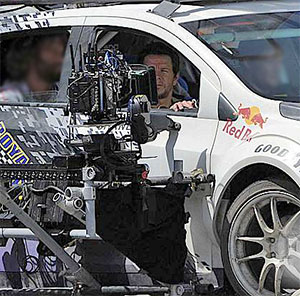Have you heard the one about the robot that hops a train down to the brewery? It may not seem likely that robots, beer, and high-speed trains have much in common, but the industrial quest to coax more output from no more input (translate that to efficiency) can make for some unlikely bunkmates.
|
ADVERTISEMENT |
In the case of Kuka Robotics, Schlafly Bottleworks, and Siemens Rail Systems, that quest for efficiency led to automation.
‘Transforming’ with automation software
If you’re a Transformers movie fan, a Mark Wahlberg fan, or a fan of gratuitous explosions and general mayhem—and I’m guilty of all three—you absolutely positively must be a fan of automation. Without automation there are no robots, and without robots the extraordinary action scenes in Transformers: Age of Extinction would have been impossible.

…
Add new comment